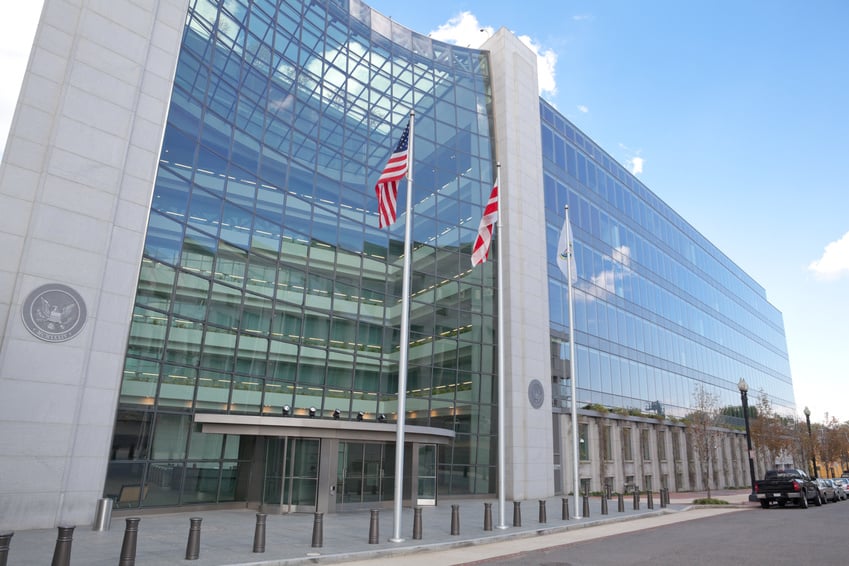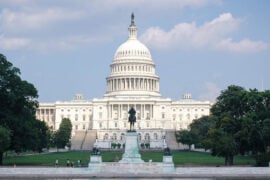The US government has taken coordinated actions this week that target Huawei Technologies Co. Ltd (Huawei), effectively cutting it off from sourcing US products and technology and likely barring its products from being used in US communications infrastructure and networks. The US export/reexport restrictions targeting Huawei took effect immediately on 16 May 2019. The expected prohibition on the use of Huawei products in US communications infrastructure is likely to take several months to implement.
Immediate Addition of Huawei and Its Affiliates to the Entity List
On 16 May 2019, the US Commerce Department’s Bureau of Industry and Security (BIS) issued a final rule (Final Rule) adding, with immediate effect, Huawei and 68 of its affiliates (collectively Huawei EL Entities) located in 26 countries to the Entity List (EL). As a result of the EL designation, no supplier — US or non-US, wherever located — may export, reexport, or transfer (in country) any commodity, software, or technology (items) subject to the Export Administration Regulations (items subject to the EAR) to the Huawei EL Entities unless authorized by a BIS license. The Final Rule (as well as BIS’s press release issued on 15 May), indicates that BIS’s decision to add Huawei to the EL was informed in part by allegations set out in the Department of Justice’s superseding indictment of Huawei on 28 January 2019, including alleged violations of US sanctions and obstruction of justice.
As noted above, the Final Rule became effective on 16 May 2019, its date of display on the Federal Register’s Public Inspection List, prior to when the rule is published in the Federal Register on 19 May 2019. This is an unusual approach in that EL designations typically take effect upon publication in the Federal Register. The Final Rule provides that shipments en route abroad a carrier to a port of export or reexport, pursuant to actual orders, as of 16 May 2019 are not affected by these new EL restrictions.
The EL identifies parties (e.g., businesses, research institutes, private and public organizations) that the US government has found act contrary to US national security or foreign policy interests. Though licensing requirements and review policies can vary for EL parties, BIS is requiring export licenses for all exports/reexports/transfers to the Huawei EL Entities of items subject to the EAR. BIS will review license applications with a presumption of denial. In addition, no EAR license exceptions may be used for exports/reexports/transfers of items subject to the EAR to the Huawei EL Entities. Entity List restrictions do not apply to owned/controlled subsidiaries of EL parties, provided such undesignated subsidiaries are not acting as agents, a front, or shell company of an EL party (see BIS FAQs).
The EL restrictions apply to items subject to the EAR destined for Huawei EL Entities even if such items are not normally controlled to the destination countries (e.g., items classified as EAR99). An item is subject to the EAR if it is:
- physically located in the United States
- of US origin, wherever located,
- manufactured outside the United States but incorporating more than de minimis levels of controlled US content (which is more than 25% for most countries including China, and more than 10% for sanctioned territories such as Iran)
- in some circumstances, foreign direct product of certain national security controlled US technology or software
In sum, the EL designation impacts Huawei’s supplier relationships in and outside the United States. Both US and non-US suppliers, wherever located, are prohibited from exporting/reexporting/transferring items subject to the EAR to the Huawei EL Entities without the required BIS license. Given the licensing policy of denial, the likelihood of obtaining a BIS license is low. Companies that are part of Huawei’s supply chain should immediately implement requisite internal controls to avoid running afoul of the EL restrictions. Violations of BIS licensing requirements stemming from the EL designation are subject to steep civil penalties applied on a strict liability basis, as well as criminal enforcement.
Finally, unlike designation as a Specially Designated National, EL restrictions are not a comprehensive ban on dealings with the designated parties. US and non-US parties may continue to conduct transactions with the Huawei EL Entities without the need for a BIS license so long as such transactions do not involve items subject to the EAR.
Future Measures to Secure US Communications Infrastructure
On 15 May 2019, the Trump administration also issued Executive Order 13873 on “Securing the Information and Communications Technology and Services Supply Chain” (Communications EO). An accompanying message to Congress from the White House explains that the Communications EO is meant to prohibit certain transactions involving information and communications technology where the Secretary of Commerce has determined that:
- The transaction involves information and communications technology or services designed, developed, manufactured, or supplied by persons owned/controlled by, or subject to the jurisdiction or direction of a foreign adversary
- The transaction:
- poses an undue risk of sabotage to or subversion of the design, integrity, manufacturing, production, distribution, installation, operation, or maintenance of information and communications technology or services in the United States
- poses an undue risk of catastrophic effects on the security or resiliency of United States critical infrastructure or the digital economy of the United States
- otherwise poses an unacceptable risk to the national security of the United States or the security and safety of United States persons.
The Communications EO outlines several ways in which it may be implemented through rules and regulations, including but not limited to
- identifying persons owned/controlled by foreign adversaries
- identifying technologies or countries with respect to which transactions warrant particular scrutiny
- establishing procedures to license transactions otherwise prohibited
- identifying a mechanism and relevant factors for negotiation of agreements that may mitigate concerns identified in the Communications EO
The Secretary of Commerce is required to publish rules or regulations implementing the Communications EO within 150 days of its issuance (i.e., by 12 October 2019). It is expected that, once implemented, the Communications EO will bar Huawei products from being used in US communications infrastructure and networks.
The foregoing is intended only to provide a general summary of recent developments regarding OFAC sanctions compliance and enforcement. If you have any questions about how this development might affect your company or if you require advice on any specific transactions or plans, please contact one of the members of Baker McKenzie’s International Trade Practice Group.
For timely information on current and pressing issues, follow Baker McKenzie’s Sanctions & Export Controls Update blog.



